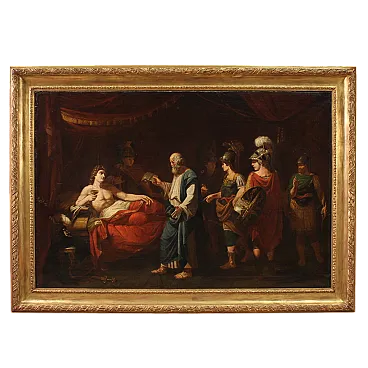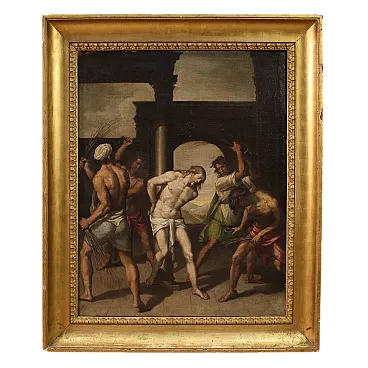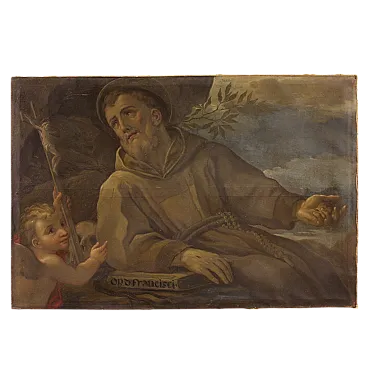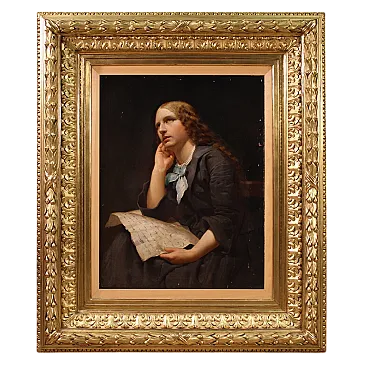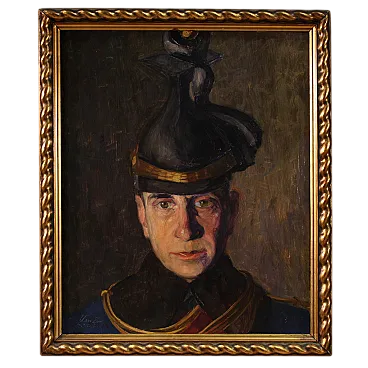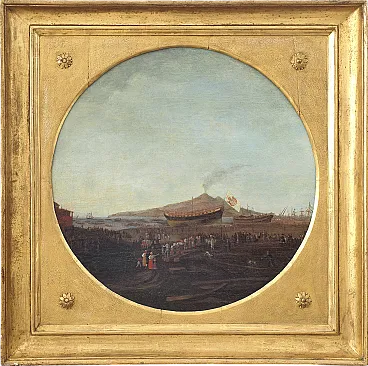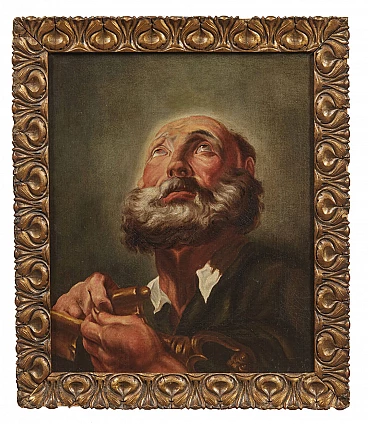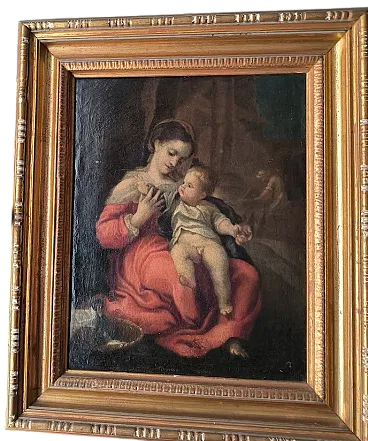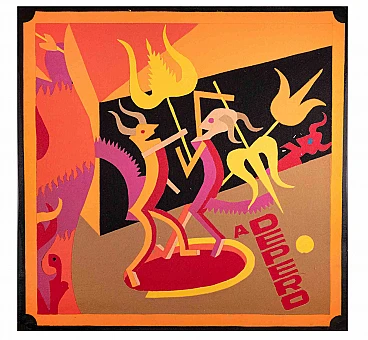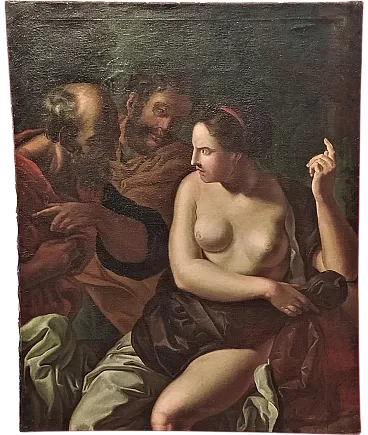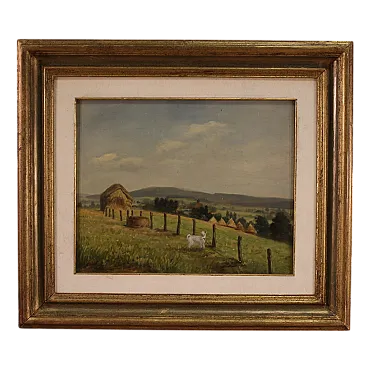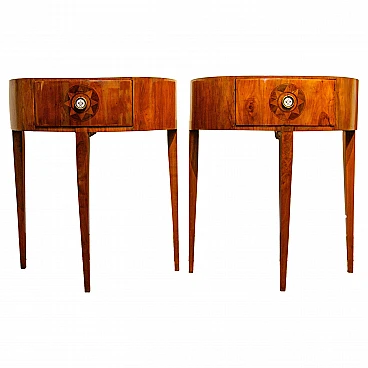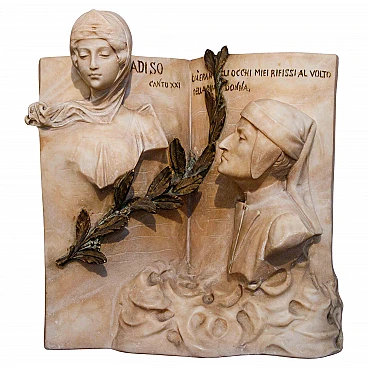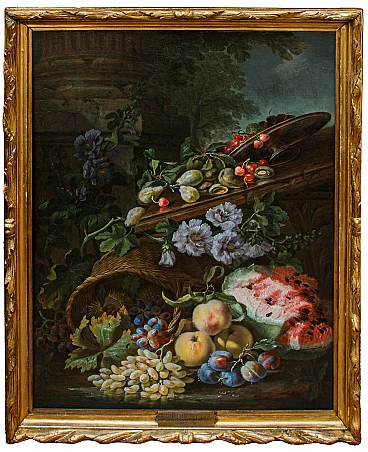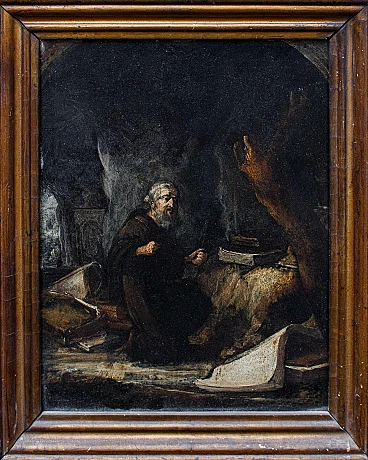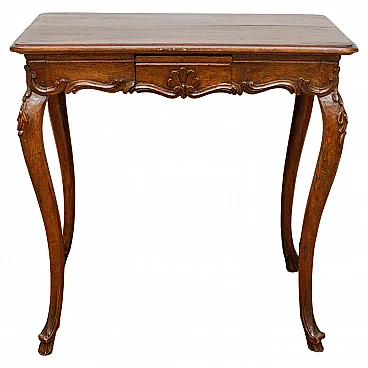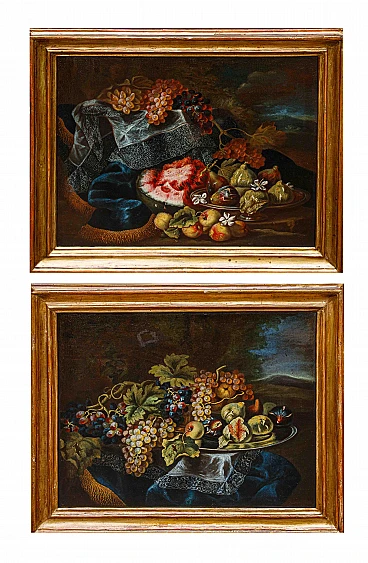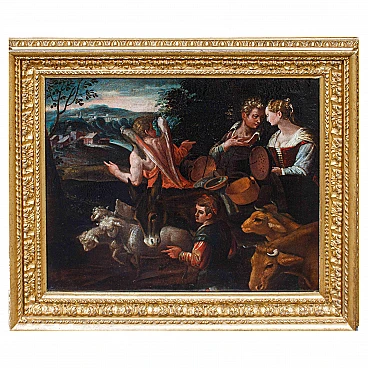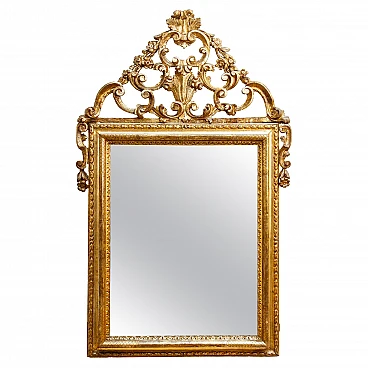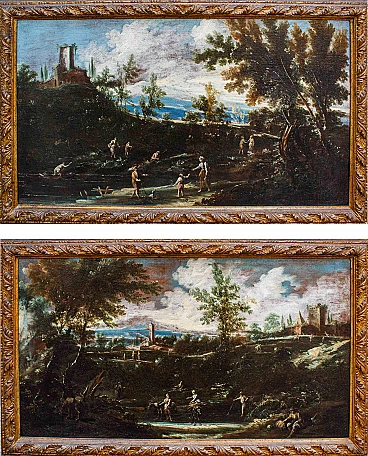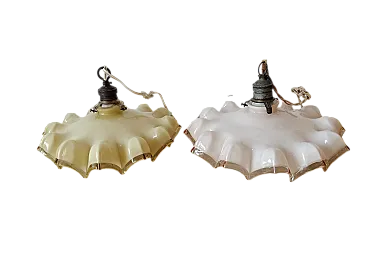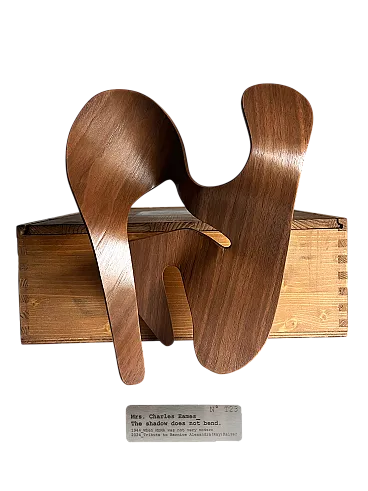Oil painting on canvas by Andrea Casali (Rome, 1705 - 1784) depicting a study for a woman's profile, 18th century. Measures without frame: 60 x 50 cm. Casali was an Italian painter, a leading exponent of the Rococo period. Born in Rome to a modest tailor from Lucca, he trained at the workshops of Sebastiano Conca and Francesco Trevisani, assimilating their elegant and refined style. As early as 1725, when he was only 20 years old, he participated in the painting competition of the Accademia di San Luca, taking second place, demonstrating his precocious talent. His fame grew rapidly, thanks to the protection of influential figures such as Cardinal Pietro Ottoboni and the recommendations of Trevisani himself. By 1737 he was already considered "one of the first young men who are presently in Rome" (Adami). In his works Casali confirms, in fact, a certain equidistance between the two masters-to whom several times his paintings have been erroneously attributed-but with an allure and a noble elegance of prettily French taste. Qualities that are also perfectly supported by the habitual refinement of clothing and the delicacy of faces in his canvases, which well substantiate Casali's intimate participation in the fortunes of the Rococo, which he had the opportunity to refine with sojourns in Paris and especially in London. In fact, after the death in 1740 of his patron, Cardinal Ottoboni, Casali decided to travel to England, accepting the invitation of some English gentlemen, including Henry Howard, 4th Earl of Carlisle and Sir Charles Frederick. Arriving in the United Kingdom in the spring of 1741, after a brief stopover in Paris, he was admitted to the Academie Royale de Peinture in January of that year. His long stay, which lasted more than two decades, was interrupted by a trip to Germany and the Netherlands in 1748, during which he portrayed William IV of Orange-Nassau, and a stay in Rome of several months between 1763 and 1764. In the 1750s he devoted himself particularly to portraiture, religious and decorative painting. He exhibited at the Society of Artists and the Free Society, winning four prizes between 1760 and 1766. Around 1767 he returned to Rome and remained there until the year of his death. Even in the Eternal City he continued to be very popular, establishing himself especially in sacred iconography. He also devoted himself with lively success to pagan, mythological and poetic themes. Casali's style is distinguished by the absolute elegance of his figures, especially the female ones, the extreme refinement of lines and compositional harmony. His paintings are characterized by a clear, bright and vibrant palette, fluid brushwork and great attention to detail. Casali excelled in the depiction of figurative scenes, both sacred and profane in character, often populated by idealized figures immersed in theatrical settings: his work fits right into the Rococo vein, interpreting at its best the canons of grace, lightness and decorativism. The painting under consideration, in an excellent state of preservation and of very high pictorial quality, would most likely constitute a preparatory study for a work of greater size and commitment. Of considerable merit is the bold foreshortening of the shoulders with which the woman is depicted, rendered without awkwardness, as well as the attention paid to the details of the complex hairstyle, the fading of the colors and the infinite delicacy of the physiognomy.










 SILVER Seller in Milano, Italia
SILVER Seller in Milano, Italia






.png)





